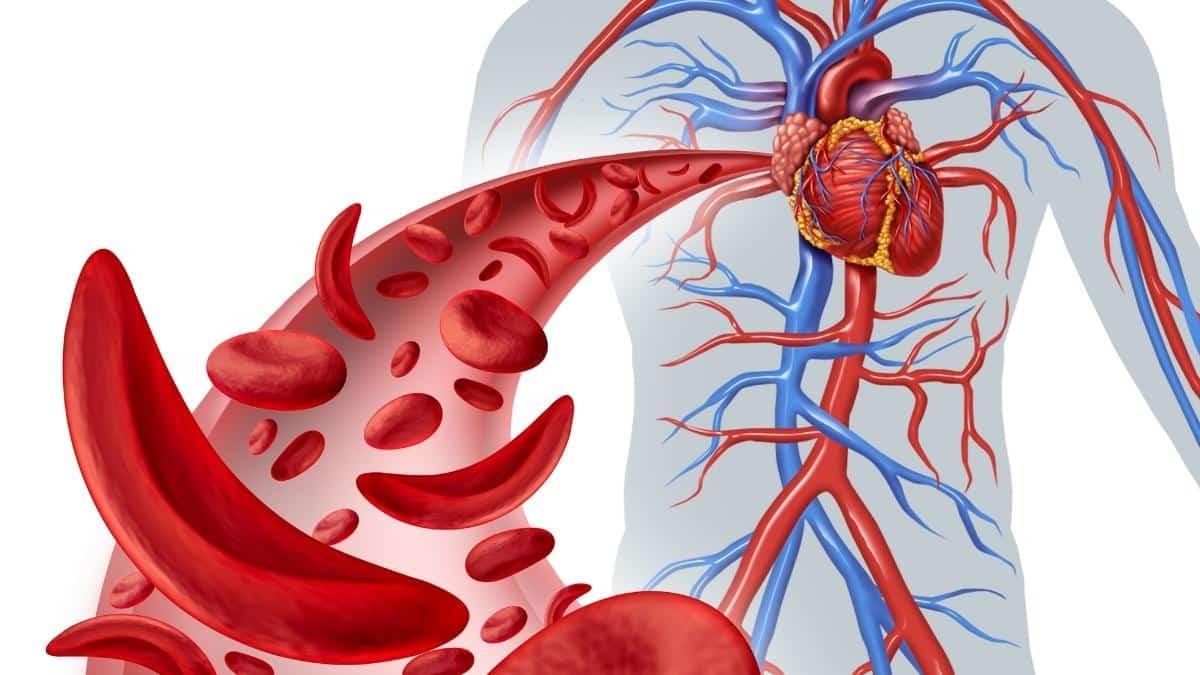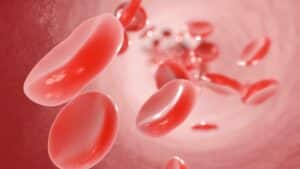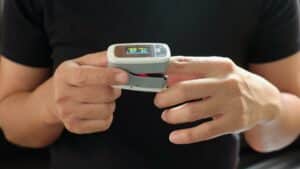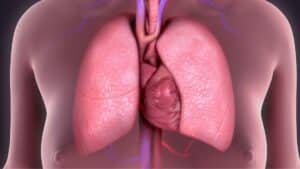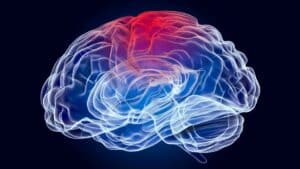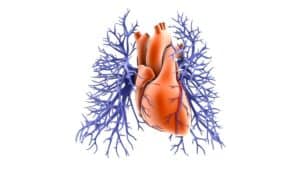For tissues and organs to receive the proper amount of oxygen, your heart must pump blood successfully.
For someone with COPD or another lung disease, low blood oxygen levels are concerning. A healthy heart’s blood flow cycle follows this pattern: body-heart-lungs-heart-body.
To understand how oxygen affects the heart, it’s important to understand how the heart works as well as the risks of low blood oxygen levels to the heart.
How the Heart Works
Only the size of a clenched fist, the heart is a strong and hard-working muscle that pumps blood throughout the body.
The heart has four chambers: the upper chambers or atria and the lower chambers or ventricles. These chambers are separated by the septum, which is a wall of tissue. Aided by the four heart valves, blood is pumped through the chambers.
The four heart valves include:
- The tricuspid valve, between the right atrium and the right ventricle.
- The pulmonary or pulmonic valve, between the right ventricle and the pulmonary artery.
- The mitral valve, between the left atrium and left ventricle.
- The aortic valve, between the left ventricle and the aorta.
Each valve has flaps, known as leaflets or cusps. While the mitral valve has two flaps, the others have three.
How heart blood flow patterns oxygenate the blood
Because the normal blood flow pattern flows from body to heart to lungs to heart to body, each step in the process is essential to distributing essential nutrients and oxygen. Here, we’ll break down this blood flow pattern:
From the body to the heart
Dark bluish blood, low in oxygen, returns to the heart through veins and enters the right atrium. The right atrium chamber empties the blood through the tricuspid valve into the right ventricle.
From the heart to the lungs
Next, the right ventricle pumps the blood under low blood pressure through the pulmonary valve into the pulmonary artery. Then, the blood goes to the lungs where it receives fresh oxygen.
From the lungs to the heart
Now that the blood has been oxygenated, its color changes to red, and it returns through the pulmonary veins to the left atrium where it passes through the mitral valve and enters the left ventricle.
From the heart to the body
Now, the left ventricle pumps the oxygen-rich blood through the aortic valve into the aorta, and the aorta takes the blood into the body-wide circulation.
What happens when the heart doesn’t receive enough oxygen?
It’s important to understand how oxygen affects the heart. When the heart doesn’t receive enough oxygen, ischemia or angina can occur.
Myocardial ischemia occurs when blood flow to the heart is reduced, which prevents it from receiving enough oxygen.
However, myocardial ischemia is usually the result of a partial or complete blockage in the heart’s arteries and not from having a chronic lung disease. The most common symptom of myocardial ischemia is chest pressure and pain.
Angina is a term used for chest pain caused by reduced blood flow to the heart muscle, and it’s a symptom of coronary artery disease.
The symptoms of angina include chest pain, shortness of breath, nausea, sweating dizziness and fatigue. The chest pain or discomfort associated with angina is usually described as pressure, squeezing, fullness or pain in the center of the chest.
If you experience any of these signs or symptoms, call your doctor immediately, see an acute care facility or call 911.
What can I do to help how oxygen affects the heart and help my heart pump blood better?
Because oxygen is essential to every function of the body, making sure your body receives enough oxygen and can pump that oxygen-rich blood to the right places is also important.
Now that you have a better understanding of how oxygen affects the heart, talk with your doctor about ways to improve your blood oxygen levels, such as heart healthy and oxygen-rich foods, tips on exercises to improve heart muscle tone and function as well as deep breathing exercises for relaxation.
Helping your body oxygenate blood by helping it receive enough oxygen will help overall body function.

Christine Kingsley, APRN is the Health and Wellness Director at the Lung Institute where she focuses on providing helpful online resources for people looking for information on various lung diseases, breathing exercises, and healthy lifestyle choices. She advocates for holistic care that involves working with your doctor to explore all options including traditional and alternative care while focusing on diet and exercise as proactive measures.
